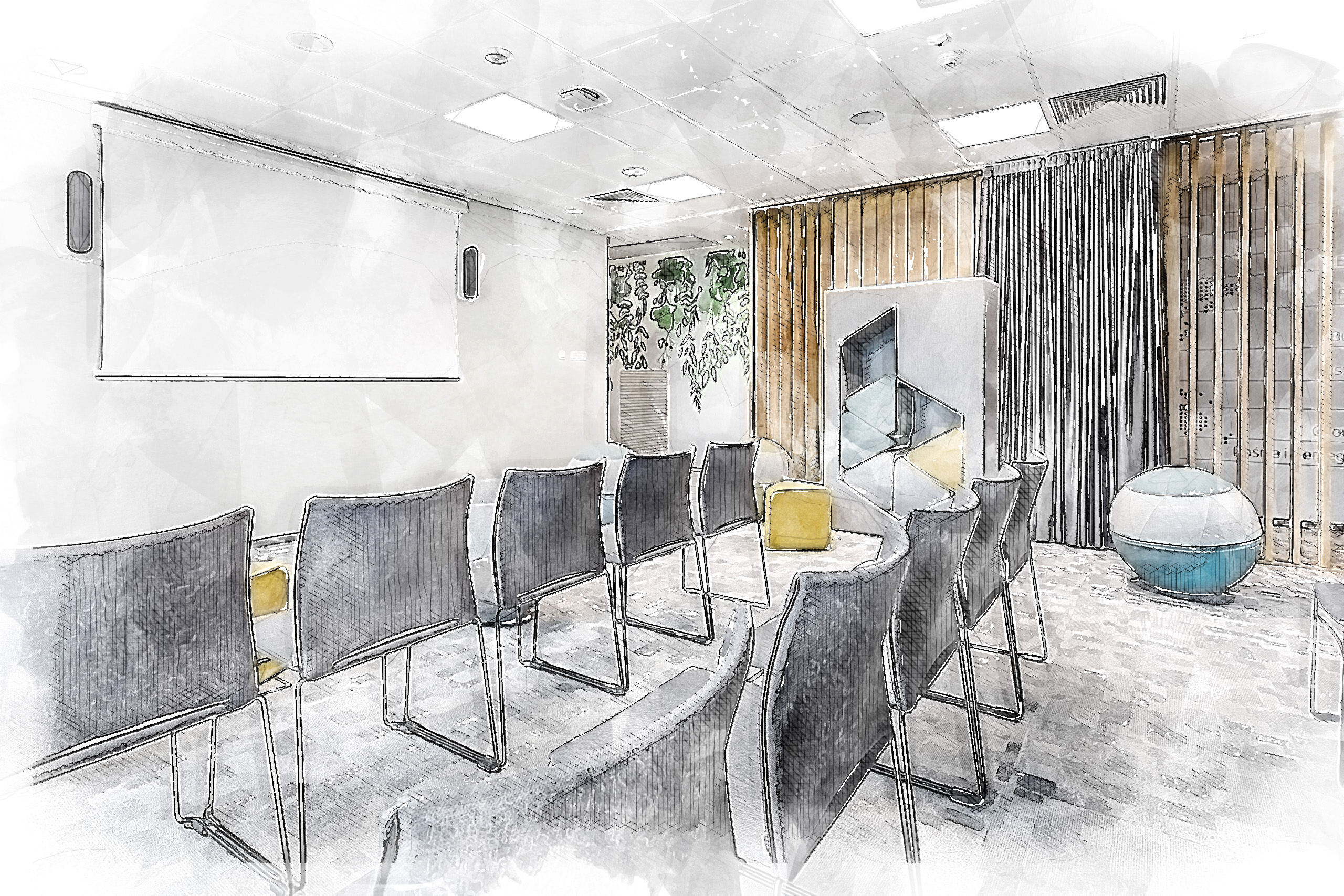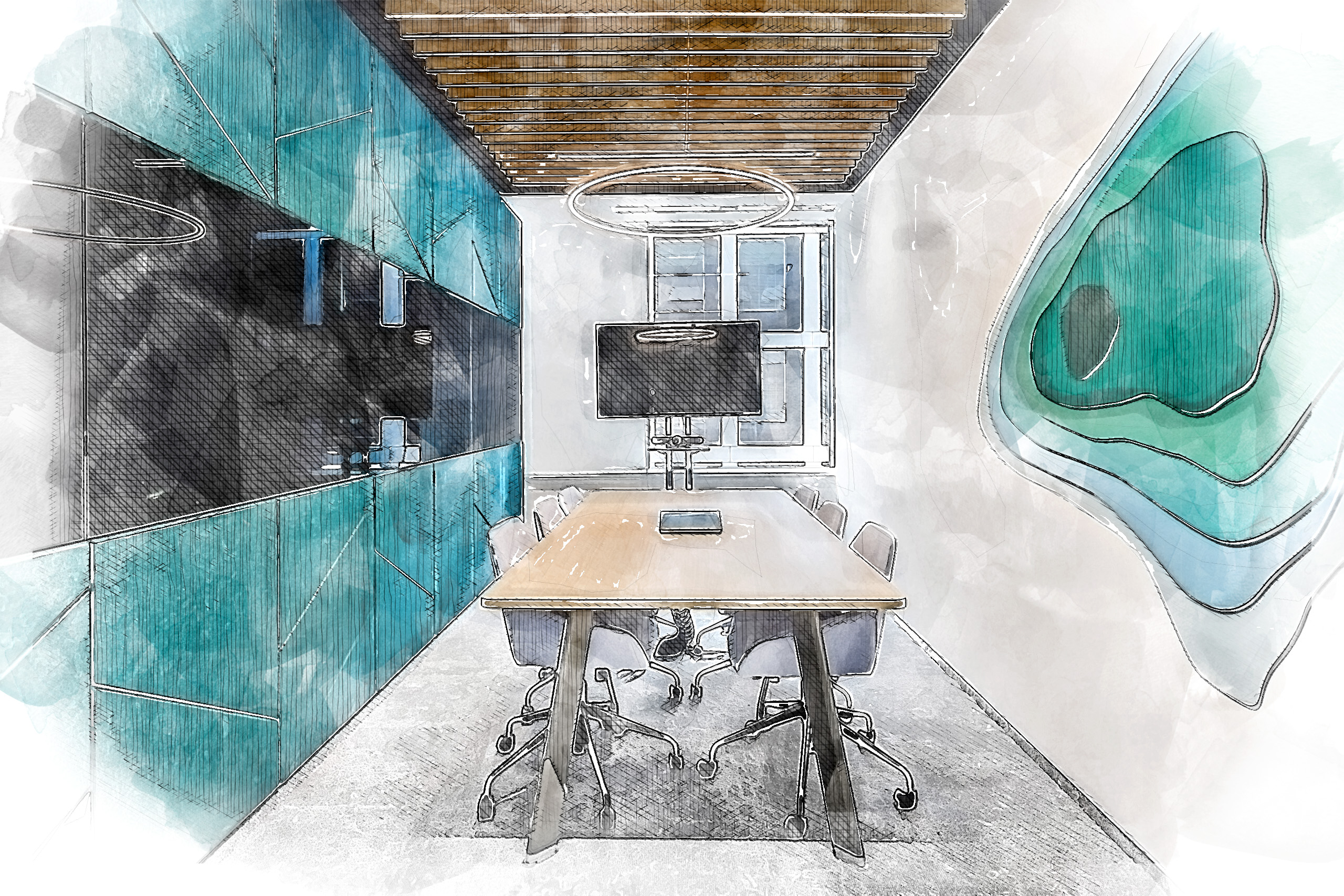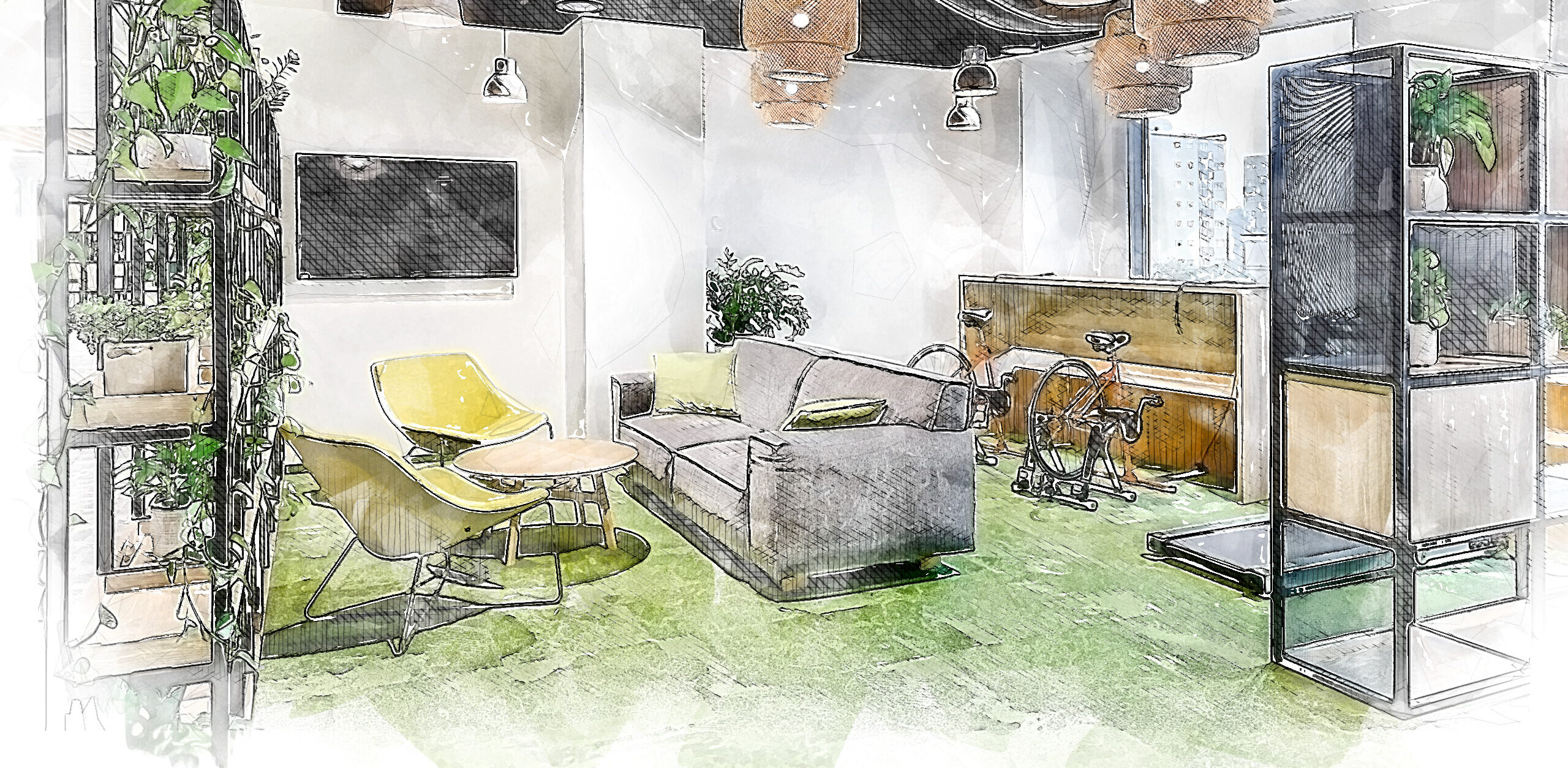Case study | The Impact of Data-Driven Office Space Transformation
This article explores the dilemmas of organizations that, as a result of implementing hybrid work, face the challenge of adapting office space to new ways of working. Through a detailed case study of a prominent debt collection company, we illustrate how invaluable support during the transformation process can be derived from data collected via a well-structured survey questionnaire.
Transformation of the Work Environment
Effectively implementing the hybrid work model necessitates finding the optimal balance between time spent in the office and remote work, among other factors, driving the need for office space adaptation. This was precisely the challenge faced by a leading debt collection company in Poland. They sought the expertise of Colliers Define to determine the ideal working model—a blend of remote and in-office work—and subsequently adjust their office space accordingly.
New normal, new needs
The newly adopted hybrid work policy entailed fewer office visits and for different reasons compared to the past. According to management’s vision, the new workspace should offer employees a flexible environment aligned with the evolving work culture, emphasizing teamwork, interaction, and integration. This vision also introduced the concept of shared workstations – a novel approach for the company – all while ensuring that work efficiency remains uncompromised.
Creating an Environment Conducive to Change
Recognizing the advantages of actively engaging employees in crafting this new working environment, the company’s management encouraged employees and managers to share their input through a survey, offering insights into this intricate reality. The data collected served as a pivotal starting point for subsequent actions.
Analysis of the data revealed a high consensus within the organization regarding the desire for remote work, irrespective of their roles. Impressively, 71% of managers and 73% of employees favored working from locations other than the office for a minimum of three days per week.
Job-sharing, a potentially contentious issue, posed minimal problems in this scenario. Its implementation was viewed as a natural consequence of the new model, accommodating remote work.
Data Analysis, Diagnosis, and Implementation of Solutions
The survey also uncovered a high level of overall office satisfaction. Notably, the office’s design, which as research shows is closely correlated to overall satisfaction with the office space, received particularly high marks.
Nevertheless, it did expose some issues. The prior design’s pain point was its inability to meet the users’ needs, primarily due to insufficient additional space. Responding to these needs, the new arrangement embraced the Activity Based Working concept, ensuring access to a diverse range of spaces, including collaboration zones, areas for focused work and relaxation zones.
Crucial to overall office satisfaction was the degree to which the office facilitated effective work, particularly as employees visited the office primarily for activities involving contact with colleagues, such as creative work, ad-hoc meetings, and informal social interactions. In line with management’s vision, the new office predominantly served an integrative function, providing users with access to a wide range of interaction spaces, including informal meeting zones, conference rooms, creative spaces, and relaxation areas. With a surge in hybrid meetings, smaller and medium meeting rooms saw increased importance.
The new space also accommodated areas for effective individual work, recognizing that different work styles required an office environment tailored to individual needs.
The survey further identified concerns related to privacy and acoustic comfort. In response, employees gained access to a variety of spaces for focused work, including individual focus rooms, phone booths, and quiet zones. The open-plan area, the main workspace, was divided into smaller zones dedicated to individual teams, with partitions made of sound-absorbing materials between workstations to reduce noise levels.
Change Management
The transformation also introduced shared workstations. While most employees embraced this new organizational system as a natural consequence of the hybrid model, some individuals voiced concerns, primarily related to maintaining order. These concerns were successfully addressed through established rules for shared workspace usage.
Conclusions
Employee input is invaluable, warranting consideration from the early stages of decision-making. Listening to employee needs is key to obtaining a comprehensive understanding of the organization’s complex reality and selecting solutions that cater to individual needs while minimizing risks to team dynamics. Thoughtfully designed research tools enable advanced analyses which can uncover dependencies that enhance comprehension of this intricate reality. This collaborative effort yielded recommendations for the work model and office space reconfiguration, along with the implementation of technology solutions to effectively manage occupancy. All the above allowed the organization to comprehensively shape employee experience in the new model of work.


